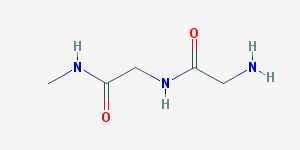Potential Targeted Treatment for Crohn Disease
Emerging as a global disease with rates increasing the past 5 decades, Crohn’s disease (CD) is the chronic inflammation of the intestinal tract.
Now, recent research at Cornell University and University of North Carolina (UNC) is a step closer to advancing drug treatments for CD patients. Such research proposes the potential targeting of a key molecule, called microRNA-31 (miR-31), which can predict if a patient has subtype 1 or subtype 2 of Crohn’s disease. This is particularly crucial because patients with subtype 1, unlike subtype 2, will often not respond to treatments which can lead to the surgical interventions for strictures – the extreme narrowing of the gut. With clinical markers like miR-31, healthcare providers may be able to better asses a CD patient if they should consider pre-emptive surgery before the condition worsens.
“We are not at the point at which we are able to perform personalized medicine on this, but at the very least we think it can lead to better clinical trial designs,” says Praveen Sethupathy, senior co-author of the study.
Previously, clinical trials assessing a new drug for CD has grouped all patients together causing inconsistent results. However, using miR-31, scientists are now able to separate individuals with CD into subtypes for better drug assessment. The results of the study published in the journal JCI Insight.

“Our study hints that it’s not only that miR-31 could be a predictive indicator of clinical outcome, but also that it could be functionally relevant in driving the disease,” explains Sethupathy.
Researchers are now hopeful for future studies that will determine the exact role of miR-31 in gut biology. “Our long-term goal, extending the work of this study, is to better understand at the molecular level why CD is so different in its presentation across patients, and to use this knowledge to develop more effective therapies,” says Terrence Furey, an associate professor of genetics.
Source: Drug Target Review








